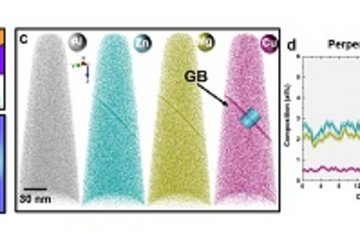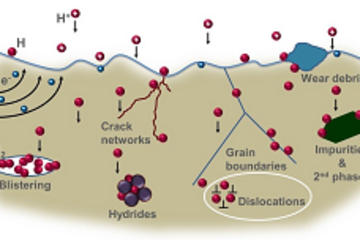All genres
1.
Journal Article
Core-Shell Co2VO4/Carbon Composite Anode for Highly Stable and Fast-Charging Sodium-Ion Batteries. ACS Applied Materials & Interfaces 13 (46), pp. 55020 - 55028 (2021)
2.
Journal Article
Correlating the five parameter grain boundary character distribution and the intergranular corrosion behaviour of a stainless steel using 3D orientation microscopy based on mechanical polishing serial sectioning. Acta Materialia 156, pp. 297 - 309 (2018)
3.
Journal Article
On the accuracy of grain boundary character determination by pseudo-3D EBSD. Materials Characterization 130, pp. 33 - 38 (2017)
4.
Talk
Experimental investigations on the relationship between crystallographic character of grain boundaries and their functional and mechanical properties in various engineering materials. DPG Frühjahrtagung, Dresden, Germany (2017)
5.
Thesis - PhD
Investigation of crystallographic character and molten-salt-corrosion properties of grain boundaries in a stainless steel using EBSD and ab-initio calculations. Dissertation, Ruhr-Universität Bochum, Bochum, Germany (2017)
6.
Thesis - Master
Residual stress measurements in TWIP steels by nano-indentation and delta EBSD. Master, RWTH Aachen, Aachen, Germany (2013)











